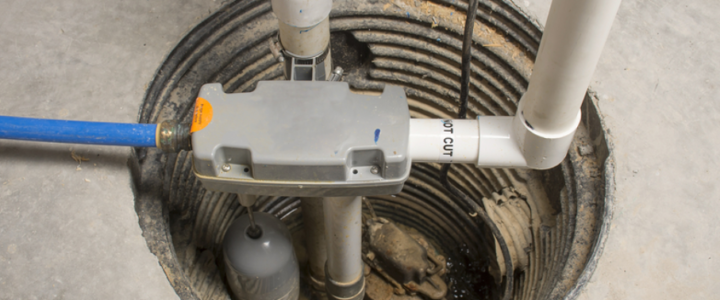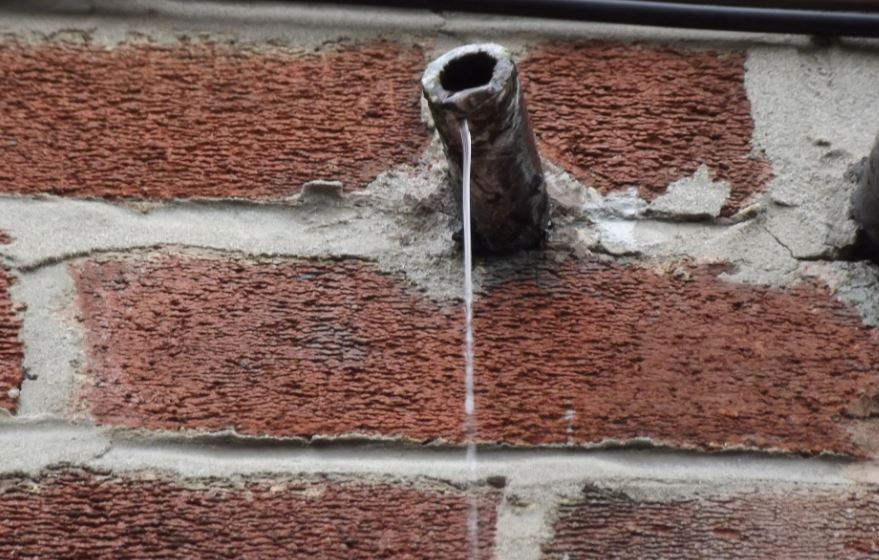How many of us know the importance of the sump pump to prevent water from entering the foundations and crawl spaces of our houses? When was the last time you checked on your sump pump to ensure it was working properly? Have you noticed any cracks in the foundation walls or floors of your home? Have you ever made the connection that your sump pump could be the cause of cracking?
Water is a home’s greatest enemy. As a homeowner, your maintenance checklist should include reviewing key points to make sure all surface and ground water is diverted from the house.
This includes surface water monitoring, groundwater monitoring, and a sump pump discharge system that is functioning the right way and maintained. The following components are a key part of a water control program for any homeowner.
Surface water control
Gutters and downspouts: Make sure there are no obstacles in the gutters and make sure the downspouts are away from the house
Lot evaluation: Make sure the landscape does not lean towards the house
Groundwater control
Perimeter drainage system: Surface water can move along the foundation wall. This water is collected by the perimeter drainage system and directed to the sump pump to be evacuated from outside the house.
Sump pump outlet system
In the sump, water is collected from the drains so that this water can flow from the foundation. When the level reaches a defined level, the sump starts up and drains the water from the house.
Sump pump problems
Blocked floats and pump failures are the main problems in the sump. If your float is blocked or the pump fails, the sump will not start and will not drain the water. In this case, water will be trapped against the home’s foundation walls.
Sump Pump Failure Results
The consequences of wetland failures can be dramatic and costly. They include: foundation wall and floor damage that requires professional repair, flooded basement, or mold growth.
Sump pump test
It is important to regularly check your sump pump to make sure it is in good working order. Remove the lid and pour water slowly into the drip tray. Make sure the “float” rises and activates the pump. As soon as the pump starts, the water level drops rapidly and the float stops the pump.
Only simple maintenance steps are needed to avoid costly issues. Inspect your sump pump after a heavy rain or heavy snowmelt. Periodically check the level and the operation of the pump.
When buying a house, carefully examine these areas or ask your home inspector to focus on these areas on a separate walk around the property. The cost of an inspection is worth having the peace of mind of knowing that these components are working and installed correctly. Using observational analysis and simple visual inspections can make the difference between solving a problem early on and making large, expensive repairs.
If you have any questions, contact the foundation repair contractors in Spokane, WA.


